Teacher Portal
Heat and Heat Transfer
CELL Guide
CELL Guide
Heat and Heat Transfer

LabLearner’s 3-D Approach to Scientific Inquiry
Phase 1 – Defined Understanding
The defined boundaries of this phase provide a framework for engaging parents and identifying students’ current knowledge of the key topic(s) explored in this CELL.
Phase 2 – Dynamic Understanding
Change, activity, and progress characterize the dynamic phase. Its design will enable you to enhance students’ existing skills, interests, and understanding, as well as meaningfully build new ones.
Phase 3 – Deeper Understanding
By this point, students have moved through powerful and purposeful tasks that had them actively and intentionally construct an understanding of concepts. In this final phase, students will consolidate knowledge and make deeper connections among ideas.
Phase 1 – Defined Understanding
► Questions to Investigate in this CELL
- What is the relationship between heat, kinetic energy, and temperature?
- What changes in matter accompany changes in heat?
- How do changes in thermal energy relate to the freezing and boiling point of water?
- How does the addition of a solute change the freezing and boiling point of water?
- How can the ability to absorb heat be measured as a specific physical property of matter?
► Parent Newsletter
Encourage parents to connect to their child’s learning by providing them with a framework of the CELL. Use this link to access and share the Parent Newsletter.
► Baseline Assessment
Assess students’ current knowledge of the topic(s) being explored then set instructional and student learning goals. Use this link to schedule then invite students to take the Pre-test for the CELL.
Phase 2 – Dynamic Understanding
► Introduction and Fun Facts
Enhance your conceptual understanding by reading the student-level research on the topic(s) being explored. Use this link to access the research.
____________________________________________
► Links to Investigations
Go directly to the Investigation you are working on by clicking on a link below:
► Investigation 1
► Investigation 2
► Investigation 3
► CELL Vocabulary
Investigation 1:
- Kinetic energy: energy of motion
- Temperature: measure of the average kinetic energy of matter within a given substance – The higher the kinetic energy, the greater the rate of random motion, and the higher the temperature.
- Heat: thermal energy or the total of all energy within a substance – It can also be described as the transfer of thermal energy.
- Equilibrium: the attainment of invariability in a “closed system”
- Law of Conservation of Energy: Energy can be converted from one form to another, but can neither be created nor destroyed.
- Heat transfer: the transfer of thermal energy from areas of high temperature (kinetic energy) to low temperature (kinetic energy)
- Freezing point: the temperature at which a liquid becomes a solid – At the freezing point, there are equivalent amounts of liquid and solid molecules. Above the freezing point, the liquid form of matter predominates. Below the freezing point, the solid form of matter predominates.
- Boiling point: the temperature at which a liquid becomes a gas – Above the boiling point, the gaseous form of matter predominates. Below the boiling point the liquid form of matter predominates.
Investigation 2:
- Freezing point depression: the lowering of the freezing point of a liquid – Addition of a solute to a liquid decreases the freezing point of a liquid. The liquid freezes at a lower temperature.
- Boiling point elevation: the raising of the boiling point of a liquid – Addition of a solute to a liquid increases the boiling point of a liquid. The liquid boils at a higher temperature.
- Rate: the quantity of reactants consumed or products formed over a specific period of time
Investigation 3:
- Specific Heat Capacity: the amount of heat (joules) that is required to raise the temperature of 1 gram of a substance by 1 degree centigrade
- Joules: unit of energy
► Access Scoring Rubric
Examine the scoring rubric for this CELL so that you know what your teacher is looking for in terms of performance.
Tips for Success:
Google Classroom
Phase 3 – Deeper Understanding
►Deep Analysis Classroom Discussion
These questions can be used to elicit in-depth discussions based on the lab experience. Teachers may use any or all of these discussion points depending on the time available. All Investigations‘ Deep Analysis questions as well as the Comprehension Check for the entire CELL are found on this link.
►CELL Summary
Review the key ideas and learning goals for the CELL via this link.
► Summative Assessment
Evaluate student learning at the end of the CELL by comparing the Summative Assessment to students’ Baseline Assessments. Use this link to schedule then invite students to take the Post-test for the CELL.

